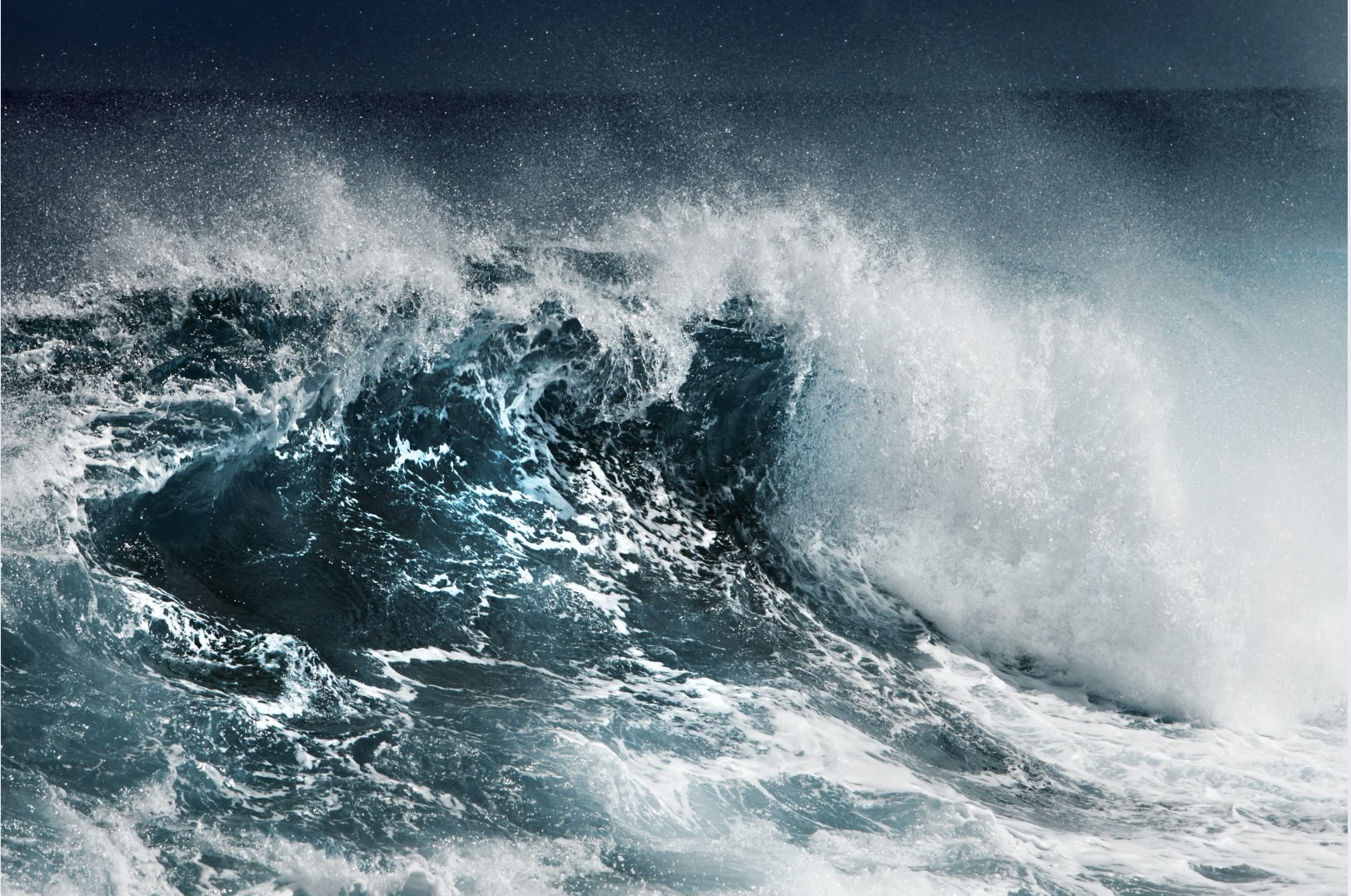The University of Naples "Federico II" and Seapower scrl are developing PIVOT-Offshore, an innovative floating system for converting wave energy into electricity.

Screenshot
Table of contents
Energy harvested from waves is emerging as a renewable source with enormous potential.
According to a recent report by Ember, in the first half of 2025 solar and wind energy covered—and exceeded—the entire growth in global electricity demand, bringing renewables to surpass coal for the first time.
There is still ample room to integrate new technological solutions. The most recent studies suggest that the energy theoretically available from waves ranges between 16,000 TWh and 30,000 TWh per year, potentially establishing itself as the largest source of clean energy. Despite the complexity in accurately assessing this resource, wave motion is considered one of the key solutions for a more sustainable economy.
The evolution that goes offshore
To harness this immense resource, the University of Naples “Federico II” (Italy), together with its research center specializing in renewable energy, Seapower scrl, has launched the PIVOT-Offshore project.
The project focuses on developing an innovative floating WEC (Wave Energy Converter) system designed to operate in open sea. The solution represents the evolution of a previous project that involved a fixed structure installed on coastal infrastructure such as piers, breakwaters or platforms.
This initial solution had already proven capable of generating up to 20,000 kWh, enough power to supply approximately ten homes. The project’s evolution now extends its potential to offshore sites, increasing the possibilities for exploiting the energy resource while reducing visual impact.
The secret of unidirectional movement
The device consists of two hinged floating bodies: a platform connected to the seabed through mooring lines and an oscillating buoy, whose shape enhances hydrodynamic capabilities.
The buoy, moving with the waves, transforms mechanical energy into electrical energy through a generator.
The most significant innovation lies in the energy extraction system, which includes a rectifier capable of transforming the oscillatory movement of the buoy into unidirectional rotary motion. This step is crucial, as it allows the generator to operate optimally with rotary electrical operation.
Testing and future prospects
The research project is developing through several testing phases. In the first phase, researchers will conduct a series of experiments on a test bench in the laboratory, simulating wave action to analyze the effectiveness of the mechanical rectifier and the behavior of the conversion kinematic chain. Subsequently, in the second phase, the complete WEC system will be tested in a tank at the Federico II University.
Parallel to physical testing, crucial work is dedicated to implementing a numerical model for performance optimization in preparation for final design and development of control strategies.
The plant must operate in different marine conditions and adapt its operational parameters to maximize efficiency and ensure safety.
Marine energy doesn’t just represent theoretical potential: concrete and innovative solutions are already ready to navigate us toward a cleaner energy future.
